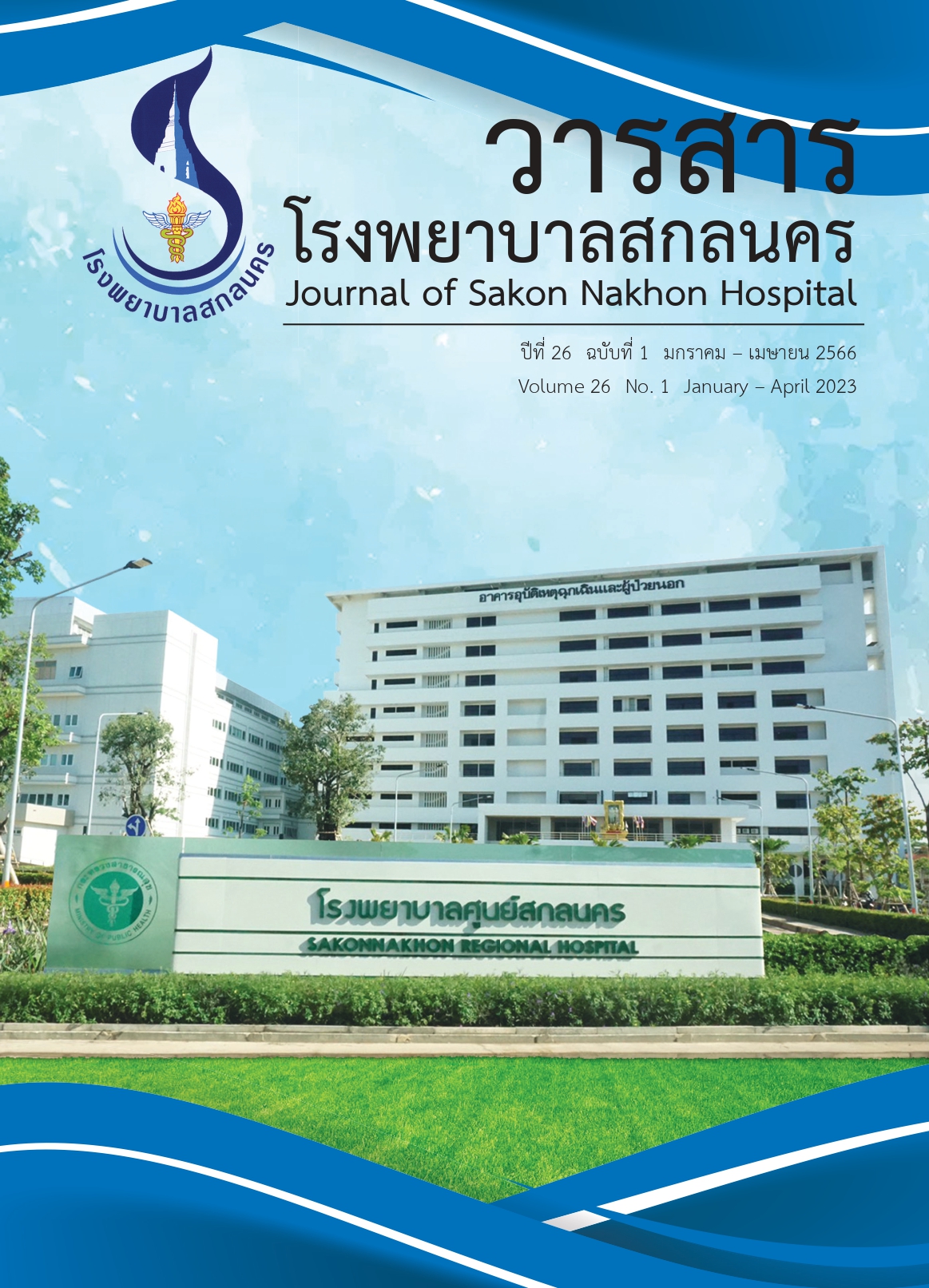Comparative and Association Study between the Fetal Weight at Delivery Estimated by Dare Method and Ultrasound Examination and Newborn Weight, Bang Bua Thong Hospital
Abstract
The retrospective descriptive study from medical records was carried out from 115 pregnant women. This study determines the comparative results in estimating fetal weight at delivery stage using the Dare method and ultrasound examination and its relationship with the actual infant weight. The samples were selected according to specific qualifications by using a purposive sampling. Data collection was conducted by record form, the height of the fundus and the abdominal circumference. Data were analysed using the descriptive statistics, frequency, percentage, mean, standard deviation, maximum and minimum values. The differences between groups were analyzed using ANOVA. The relationship analysis was conducted using Pearson product moment correlation. A p–value less than 0.05 were considered statistically significant.
The results showed that 62.90% of pregnant women aged 20–29 years old (mean = 23.44 ± 4.62 years). Of these, 41.70% had first pregnancy, 67.00% had normal delivery and 54.80% had male newborn. The mean weight and BMI before pregnancy was 47.48 kg and 19.05 kg/m2, respectively. The mean weight on delivery day was 57.70 kg. The mean BMI on delivery day was 23.17 kg/m2. The mean abdominal circumference and uterine height were 89.62 and 30.74 cm, respectively. The mean fetal weights estimated by Dare method, ultrasound examination and actual weight measured were 2,757.42, 2,993.10 and 3,014.92 gram, respectively. This was not statistically different when the mean weights measured by three methods were compared. The mean fetal weight predicted by Dare method and ultrasound were positively correlated with the actual fetal weight but the relationship was in a low level.
Keywords: Fetal weight estimation, Height of fundus, Abdominal circumference, Dare method




